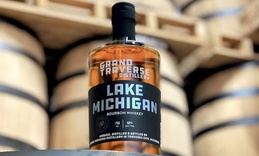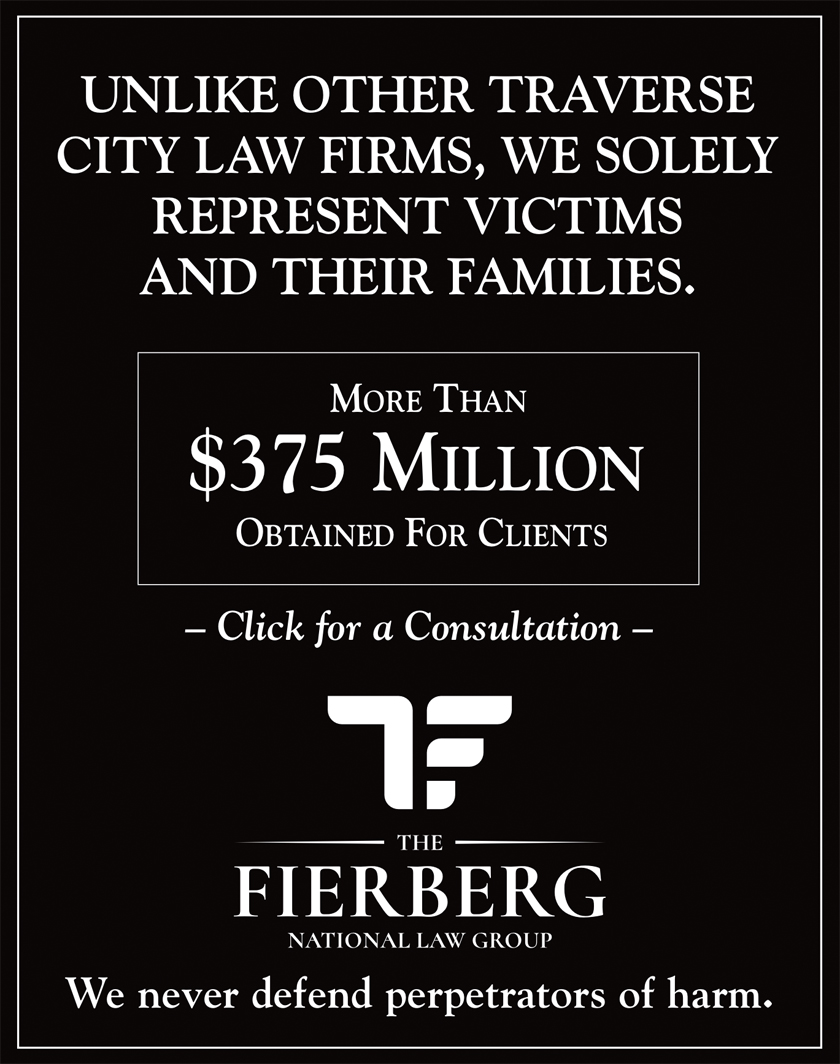A Tradition of Violence
Spectator
By Stephen Tuttle | June 21, 2025
There was a certain inevitability to it given the increasingly violent rhetoric spewed by our president, elected members of both political parties, and way, way too much of the general public. Now an elected political leader in Minnesota, and her husband, lie dead for no rational reason.
We have an unfortunate history of political violence, sometimes perpetrated by members of the public and sometimes politician vs. politician. We should be shocked this continues but we aren’t. After all, in 1804, a sitting vice president, Aaron Burr, shot and killed Alexander Hamilton, a founder and former treasury secretary, in a duel. Duels were considered matters of honor, and it didn’t take much for someone to feel their honor had been violated. And it didn’t even have to be direct.
In 1838, a representative from Kentucky shot and killed a representative from Maine in a duel orchestrated primarily by a newspaper that goaded them into “defending their honor,” though neither was especially keen to participate. The next year, Congress passed legislation finally outlawing dueling in and around the District of Columbia.
There were some 70 acts of violence by members of Congress against each other, usually after arguments over slavery. It reached a crescendo in 1856 when Representative Preston Brooks of South Carolina attacked Senator Charles Sumner of Massachusetts, beating him unconscious with a cane.
We can’t forget the ultimate acts of political violence, the assassinations of Abraham Lincoln, James Garfield, William McKinley, and John F. Kennedy, and the attempts on the lives of William Howard Taft, Teddy Roosevelt, Harry Truman, Gerald Ford, and Ronald Reagan (and we won’t even count the attempt on Barack Obama since he wasn’t home when someone fired at the White House). Plus we shoot candidates, too—Bobby Kennedy, George Wallace, Donald Trump.
Fast-forward and we experienced a different kind of political violence in the 1960s and early 1970s. The Vietnam war generated violence from the left, including bombings and over-the-top protests, and violence from anti-abortion protesters on the right. According to the Carnegie Endowment for International Peace, those targets were mostly structures, symbols of what was being protested rather than people. Military recruiting offices, Selective Service offices on one side and reproductive health centers on the other. And often the targets were warned or attacks happened at night.
The intent and the targets have changed, and that’s worrisome. Where an ideology and its symbols were previous targets, individuals or groups of individuals who espouse certain ideologies are now more likely to be targets, and they need not be elected or appointed officials.
Defined as an act linked to a particular election or partisan political dispute or premeditated acts driven by a specific ideology, Reuters has cataloged 213 acts of “political violence” since January 6, 2021, resulting in 39 deaths, including 24 in politically motivated mass shootings.
In Buffalo, a man shot and killed 10 Black shoppers in a grocery store because, he said, he wanted to start a race war. In Florida, a man killed his neighbor because he criticized Donald Trump’s business acumen. In Ohio, a man shot his neighbor to death because he thought he was a Democrat (he wasn’t), and in Louisville someone tried to kill the Democrat mayor because he didn’t believe he was liberal enough.
Sometimes the spouse of a politician is apparently a good enough target, as Nancy Pelosi’s husband discovered.
These days, the violence seems less ideologically directed and much more personal. We aren’t attacking symbols—we’re attacking people, and the only issue is whether or not the victim supports one individual.
The targets are too often local election officials committing the grievous offense of taking their oaths and their jobs seriously. According to the U.S. Department of Justice (DOJ), 38 percent of election workers have been threatened, harassed or suffered verbal or written abuse since 2020, and many of the threats also involve their families. The Associated Press has cataloged literally thousands of threatening phone calls and emails directed at election officials after the 2020 and 2024 presidential election. It’s a serious enough problem that the DOJ has created an Election Threats Task Force. It does not help at all there are still politicians and their operatives stoking the fires that can lead to violence.
It won’t get better until our leaders condemn rather than encourage violent rhetoric and actions. In May of this year, research conducted by Reuters/Ipsos contacted people self-identifying as left or right of center and fully 20 percent said they believe “acts of violence against individuals” are acceptable if committed to “achieve my idea of a better society.”
Having listened to the verbal sewage being spewed by their leaders, and the physical assaults they are hesitant to condemn, the public is just playing follow-the-irresponsible-political-leaders. Much more of this, and we’ll be in irrational darkness the light of reason will be unable to penetrate.
Trending

Three Holiday Shopping Sprees (and Trees!)
Head north of the 45th parallel this weekend for three chances to get all your holiday shopping done weeks before you’… Read More >>
Writing a Heartfelt Card
They say that letter writing is a lost art, but Thrive 45° Young Professionals Group and the Petoskey Chamber are hoping… Read More >>
Distillery Ups and Downs of 2025: Craft Spirits Industry Is Shifting, but Not Shaken
In late October, scores of people bellied up to the bar to sample a variety of spirits made at Northern Latitudes’ new… Read More >>


